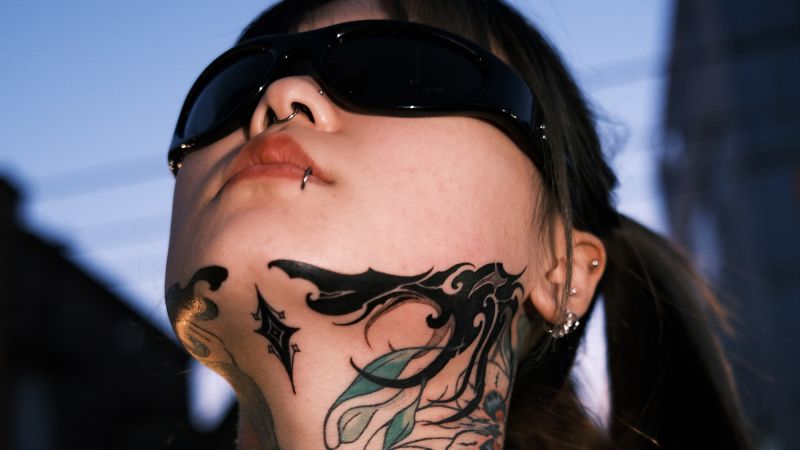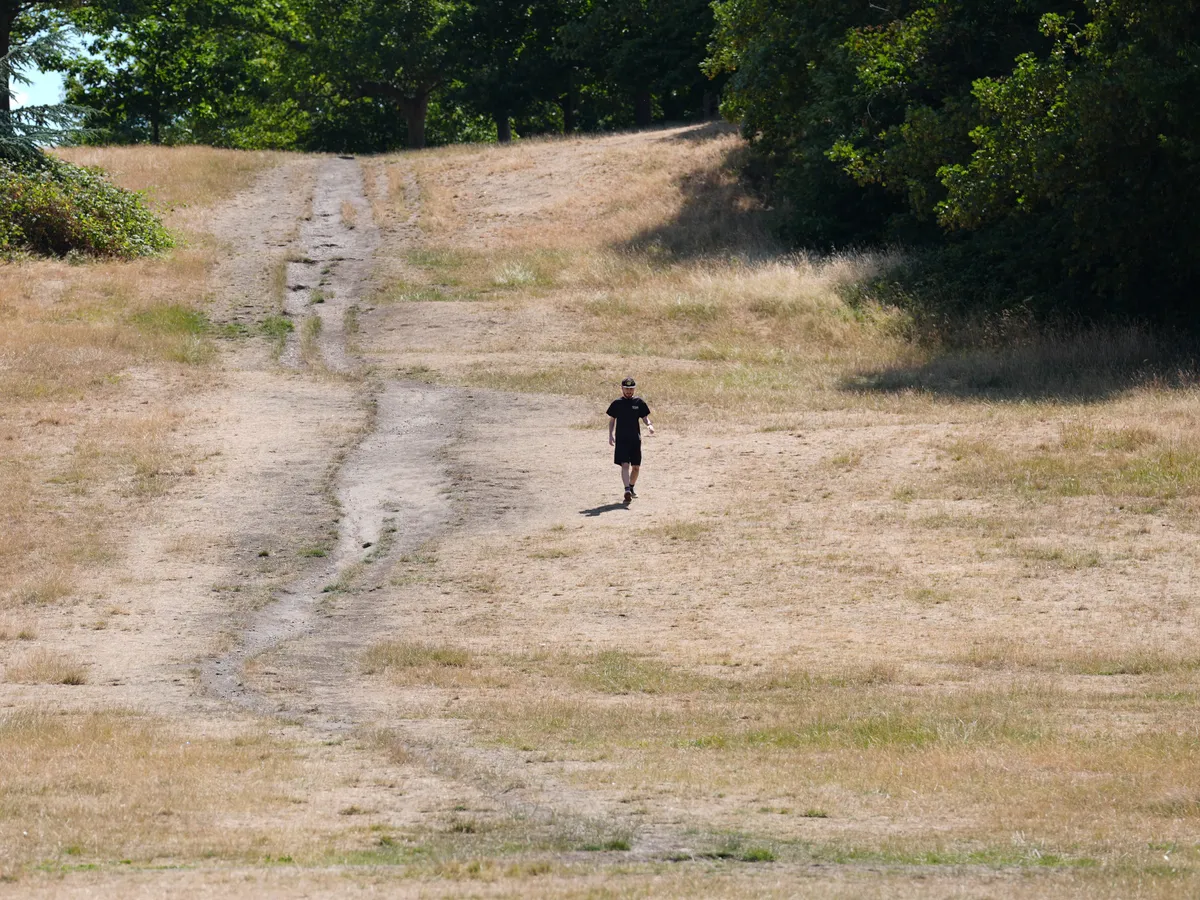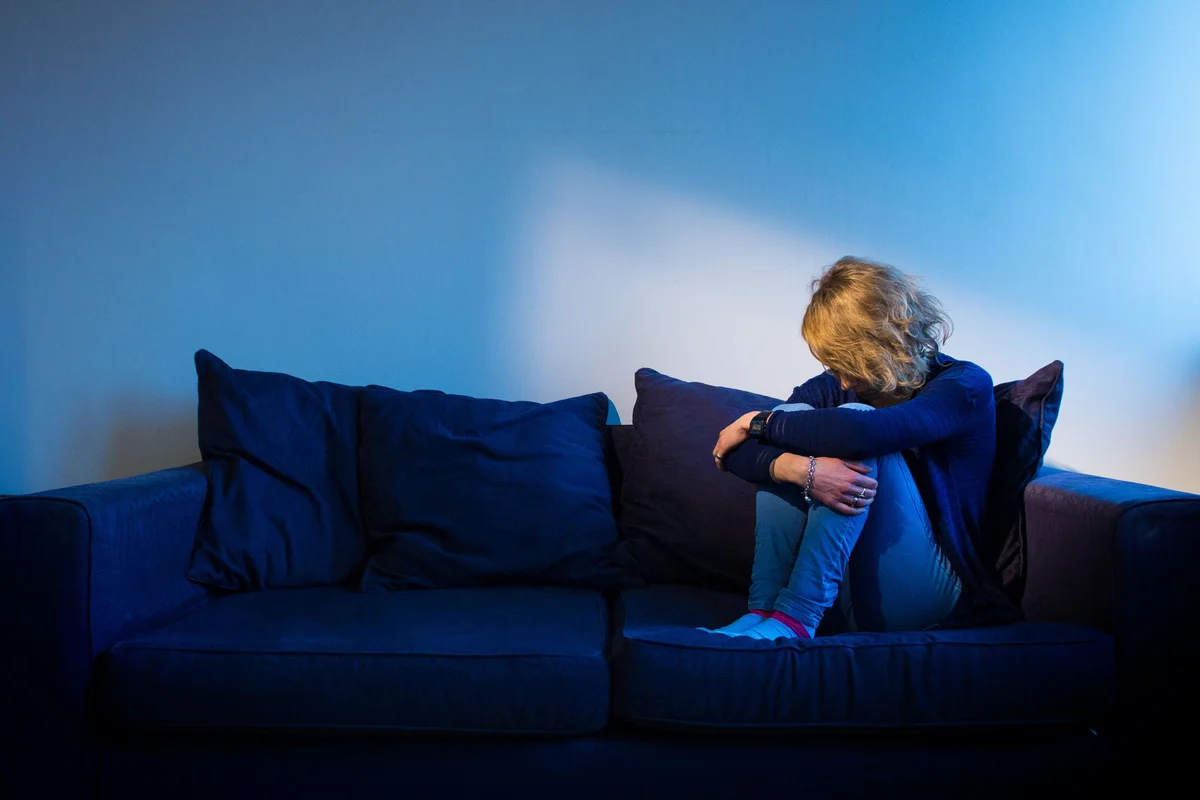
When Kim Chan-hoe goes to work, he locks the door and checks the security cameras to make sure no police are hanging around. He doesn’t list his full-time job when applying for bank loans, knowing they’d reject him immediately. He says he’s been reported to police so many times, and forced to pay hefty fines, that the officers recognize him now.
That’s because Kim is a tattoo artist — a profession that has been illegal for decades in South Korea, despite growing rapidly in popularity.
“When I walk into a police station or a government office, they don’t see me as a skilled tattoo artist — they see me as nothing more than a criminal with tattoo equipment,” said Kim, who has been tattooing for 17 years and owns Red Waikiki studio in Seoul.
That may change soon as the country’s parliament prepares to vote on a groundbreaking bill that would legalize tattooing — which only medical professionals are currently allowed to do.
It’s been a long battle to get here, with similar bills failing to pass in years past. But this time around, artists are more hopeful — the bill has cleared several hurdles already, and now just needs to be approved in the National Assembly, the country’s legislature. The recently elected President Lee Jae Myung, the final approver in signing a bill into law, had even promised during a previous run for presidency to legalize the industry.
For many outside observers, the ban may seem confusing and contradictory. Despite being an illegal profession, South Korea’s tattoo scene has flourished in the shadows. Top artists win awards at international competitions, and eager fans travel from overseas to get inked.
And while the restrictions apply to tattoo artists, having tattoos is not illegal. When walking the streets of the lively capital, you’ll likely see many tattoos shown openly — especially on younger South Koreans, who are increasingly embracing the art form.
The industry’s rise has made the ban all the more frustrating for its practitioners.
“Many tattoo artists are leaving Korea, applying for visas, and moving abroad. It’s because they aren’t being recognized legally here,” said Kim, who works under the name Sulhong — pseudonyms being a common precaution among tattoo artists wary of using their real names.
“It’s been a tough situation, but…many of us feel like the end is finally in sight,” he added. “It’s a deeply emotional experience.”
A growing industry
The ban dates back to 1992, when South Korea’s Supreme Court ruled that tattooing was a medical procedure — which, under the country’s Medical Services Act, can be administered only by licensed medical professionals.
The ruling reflected popular opinion at the time, which viewed tattoos as taboo. Part of that negative association came from the medieval practice of using tattoos to punish criminals during Korea’s Goryeo Dynasty.
Perceptions began changing in South Korea by the 2010s as tattoos became more popular across Asia and the world, adopted by major Korean celebrities including singers G-Dragon and Lee Hyori, and Korean American rapper Jay Park.
“We’ve received many requests from clients saying, ‘I want a tattoo just like this person’s,’” said Kim. For instance, he said, he’s probably done “close to a thousand” tattoos that were inspired by G-Dragon’s designs.
As demand rose, South Korean artists — who had been quietly working behind the scenes for years — grew in prominence. One of the country’s most famous artists, who goes by the professional name Doy, has reportedly tattooed celebrities including actors Brad Pitt and Lily Collins.
The industry has become vibrant and varied, with artists offering all kinds of styles, from American Traditional to watercolor — though South Korea has become particularly known for small, delicate “fine line” tattoos popular among the younger generation, said Sisi, a tattoo artist who works at Kim’s studio in Seoul.
That diversity is clear even within their shared studio. Kim’s tattoos are neotraditional, a style characterized by bold lines and dense colors, often depicting animals like snakes, tigers or cranes; while Sisi’s tattoos are playful, depicting cartoonish cats and flowers with neon pinks and blues.
CNN is identifying Sisi by the professional nickname she works under.
Cosmetic tattoos, such as semi-permanent makeup, have also become popular. One tattoo dye manufacturer estimated in 2018 that 10 million South Koreans had semi-permanent cosmetic tattoos, while three million had permanent tattoos, according to South Korea’s Yonhap news agency.
By 2019, there were an estimated 20,000 artists in South Korea doing permanent tattoos, contributing to an industry worth 200 billion Korean won (about 144 million dollars) each year, according to the Korea Tattoo Association.
But there are still some staunch opponents, especially among the medical community, that have vocally protested the bill – which, according to Yonhap, would aim to formally license tattoo artists and require training on hygiene and safety.
“This is an extremely dangerous legislative attempt which shakes the basis of the medical law and will lead to results seriously threatening the public’s health and lives,” wrote the Korean Medical Association, which claims to represent 130,000 physicians across the country, in an August Facebook post as the bill began gaining momentum.
It argued that tattooing is “considered a medical procedure” that carries the risk of serious side effects, and urged that the bill be withdrawn.
Working in the shadows
For artists, the lack of legal protection brought daily risks and challenges so draining that Kim said he has “wanted to quit every single year.”
Under law, the act is punishable by up to five years of imprisonment and a fine of up to 50 million won ($35,860), and police are obligated to investigate any case reported. But in practice, the ban is loosely enforced, said Kim, with fines usually ranging between one and five million won (about $717 to $3,590). Artists are largely allowed to continue working afterward.
In many ways, it’s just a formality, said Kim and Sisi. But it’s also a constant – sometimes expensive – reminder of their status under the law.
Kim said he’s reported about twice a year on average, with each case kicking off months of investigation. Sometimes multiple members of the studio are reported at the same time — by disgruntled clients, rival operators, or just critics of the tattoo industry, he added.
“For example, there was a time when four or five of us were reported together, and we ended up paying nearly 10 million Korean won (about $7,170) in fines altogether,” the artist said.
During one raid a few years ago, Sisi recalled, “the shop was running smoothly, and then suddenly someone pretending to be a customer turned out to be the police. They came in during a session, and several people who were working at the time got caught.”
Artists also face other tangible limitations, like having to work out of discreet locations. Instead of having street-level storefronts and public signage advertising their shop, many artists work in studios hidden on the higher floors of buildings. It’s common for studios not to accept credit card payments from clients, to stay under the radar.
When filling out official paperwork or applying for loans, “most people would probably write ‘freelancer’ instead (as their profession),” knowing they’d be turned away if they admitted being a tattoo artist, Sisi said.
These restrictions have weighed on the artists over the years.
“Even while managing my team, I’ve faced situations where I thought, why am I doing this for a profession that isn’t even recognized?” said Kim.
His prevailing hope lies in the pending bill. If it passes, besides removing the day-to-day barriers, “the most significant change is that we’ll finally be able to say, with pride, ‘This is my profession,’” he said.
What comes next
The bill will next face a vote in the National Assembly — with Lee having the final sign-off if it’s approved. But more work comes after that, said Kim.
If it passes, the government will have two years to craft new guidelines under the law — potentially leaving the tattoo industry in the temporary gray zone of being technically legal but not yet regulated.
Those regulations may include rules on hygiene and safety, required qualifications or certifications, and other protections for clients and artists.
But Kim expressed confidence in the process, saying artists like him haven’t just been preparing for this moment for weeks or months — they’ve been waiting decades.
“After nearly 20 years of doing this work, it feels like we’re finally being acknowledged for preserving and growing this culture,” he said.
“Someone who draws on paper is considered an artist, and someone who draws on skin is also an artist,” he said. “But why is it that around the world, tattooing is considered art, while in Korea, it’s labeled as a medical procedure under the medical law?
“That’s why we’re working to protect this culture — so that tattoos can be recognized as art.”



